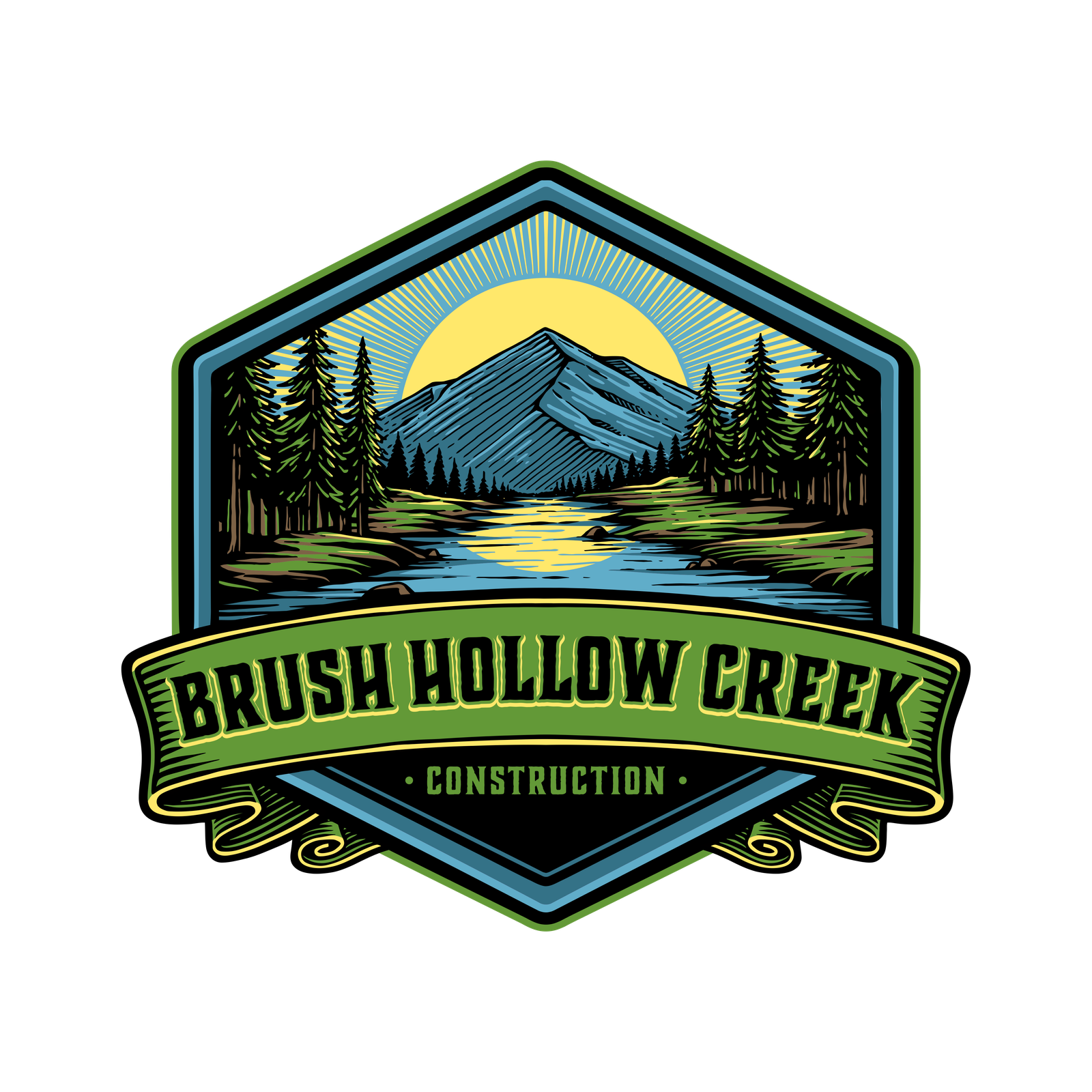Designing outdoor spaces requires more than just choosing furniture or plants—it starts with the right foundation material. Among the most popular options for patios, walkways, pool decks, and driveways are stamped concrete and pavers. Both materials bring unique advantages in terms of durability, style, and cost, but each also has drawbacks that homeowners should carefully weigh.
This guide breaks down the pros and cons of stamped concrete vs. pavers to help you make an informed decision for your home improvement project.
What is Stamped Concrete?
Stamped concrete is created by pouring freshly mixed concrete and imprinting it with patterns and textures before it sets. Contractors can mimic the look of natural stone, slate, tile, or even wood using stamped molds and coloring agents.
Common Applications:
- Pool decks with textured finishes for aesthetics.
- Patios and outdoor living areas.
- Driveways where homeowners want a decorative surface.
Stamped concrete has grown in popularity because it delivers a custom, high-end look at a more affordable cost than natural stone.
What are Pavers?
Pavers are precast blocks made of concrete, brick, or natural stone. They’re installed individually on a prepared base of gravel and sand, interlocking together to form a durable surface.
Common Types of Pavers:
- Concrete pavers: Affordable and available in many shapes and colors.
- Brick pavers: Classic look, perfect for traditional homes.
- Natural stone pavers: Premium option using granite, travertine, or limestone.
Pavers are versatile, and their modular system allows for creative designs, easy replacements, and excellent long-term durability.
Pros of Stamped Concrete
Stamped concrete stands out for several reasons:
- Cost-Effective
Stamped concrete generally costs less per square foot than pavers or natural stone, making it budget-friendly. - Customizable Design
With numerous patterns, textures, and color choices, stamped concrete can mimic expensive materials like slate or flagstone. - Seamless Look
Unlike pavers, which have visible joints, stamped concrete creates a continuous surface with fewer gaps. - Quick Installation
Pouring and stamping large areas takes less time than setting pavers piece by piece.
Cons of Stamped Concrete
Despite its benefits, stamped concrete has downsides:
- Prone to Cracking
Concrete naturally expands and contracts with temperature changes, which can lead to cracks over time. - Repair Challenges
Matching color and texture when repairing cracks can be difficult, leaving visible patches. - Slippery When Wet
Without a non-slip sealant, stamped concrete can become slick, especially around pools. - Maintenance Required
To maintain appearance and durability, stamped concrete must be sealed every 2–3 years.
Pros of Pavers
Pavers are highly valued in hardscaping because of their strength and flexibility.
- Durability
Pavers are incredibly strong and can handle heavy loads without cracking. - Easy Repairs
If one paver is damaged, it can be removed and replaced individually without disturbing the entire surface. - Excellent Drainage
Paver joints allow water to pass through, reducing puddles and erosion. - High Curb Appeal
The variety of colors, shapes, and finishes makes pavers a design-friendly option that boosts property value.
Cons of Pavers
Even with their benefits, pavers come with considerations:
- Higher Upfront Cost
Paver installation can cost significantly more than stamped concrete. - Labor-Intensive Installation
Setting pavers individually takes time and skilled labor. - Weed Growth in Joints
Without proper maintenance, weeds or ants can infiltrate sand-filled joints. - Potential Shifting
Pavers may settle unevenly if the base is not well-prepared.
Cost Comparison: Stamped Concrete vs. Pavers
- Stamped Concrete: Typically $12–$20 per square foot (depending on design complexity).
- Pavers: Range from $15–$35 per square foot (higher for natural stone).
While stamped concrete has a lower upfront cost, long-term expenses can be higher due to maintenance and crack repairs. Pavers, although expensive initially, may prove more cost-effective over decades.
Durability and Climate Considerations
- Stamped Concrete: Vulnerable to cracking in freeze-thaw climates unless properly sealed.
- Pavers: Handle climate shifts better since they move independently and don’t crack easily.
For hot climates, both materials can absorb heat, but lighter-colored pavers may stay cooler than darker concrete finishes.
Maintenance Requirements
- Stamped Concrete: Requires resealing every 2–3 years. Power washing recommended. Repairs are more complex.
- Pavers: Low maintenance but need occasional joint sand replacement and weed prevention treatments.
Aesthetic and Design Flexibility
- Stamped Concrete: Wide range of textures, patterns, and colors to simulate stone, brick, or wood.
- Pavers: Nearly limitless design possibilities with different shapes, colors, and layouts. Natural stone pavers add luxury.
Which Option is Right for You?
Choosing between stamped concrete and pavers depends on:
- Budget: Stamped concrete is more affordable upfront.
- Design goals: Pavers offer more versatility.
- Maintenance commitment: Pavers are easier to repair long term.
- Climate: Pavers outperform in freeze-thaw regions, while stamped concrete works well in mild climates.
Conclusion
Both stamped concrete and pavers are excellent choices for outdoor spaces, but they suit different homeowner needs. Stamped concrete is ideal if you want a cost-effective, decorative surface with a seamless look. Pavers, though pricier, offer durability, flexibility, and timeless curb appeal.
The key is to balance budget, design preferences, and climate factors. For best results, consult a licensed contractor who can assess your property and recommend the most suitable solution.
FAQs
1. Is stamped concrete cheaper than pavers?
Yes, stamped concrete usually costs less upfront than pavers.
2. Do pavers last longer than stamped concrete?
Yes, pavers often last longer because they resist cracking and are easier to repair.
3. How often should stamped concrete be sealed?
Stamped concrete should be sealed every 2–3 years to maintain durability.
4. Which is better for driveways?
Pavers are generally better for driveways due to their load-bearing strength and repairability.
5. Are pavers worth the extra cost?
For long-term durability and resale value, many homeowners find pavers worth the investment.

